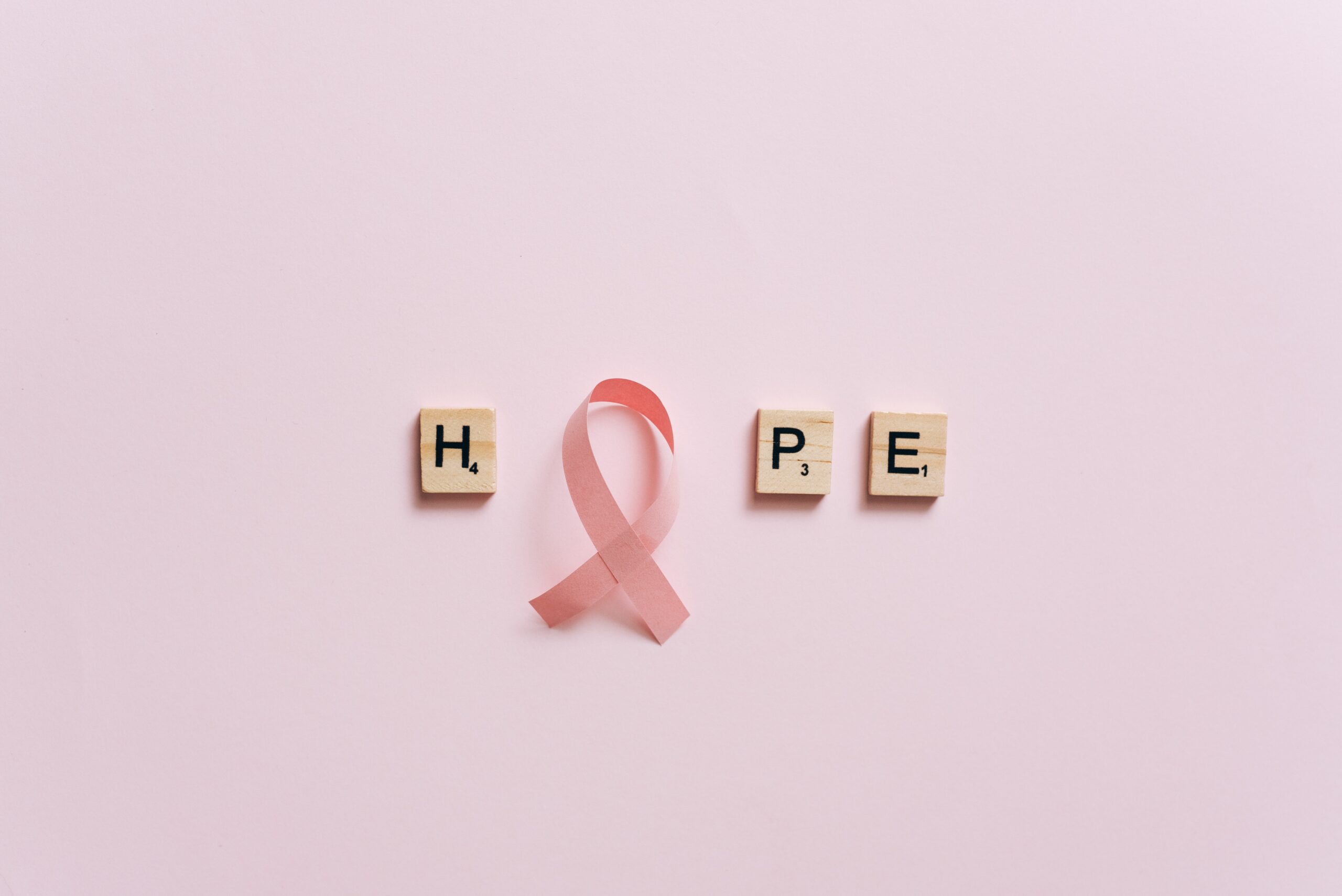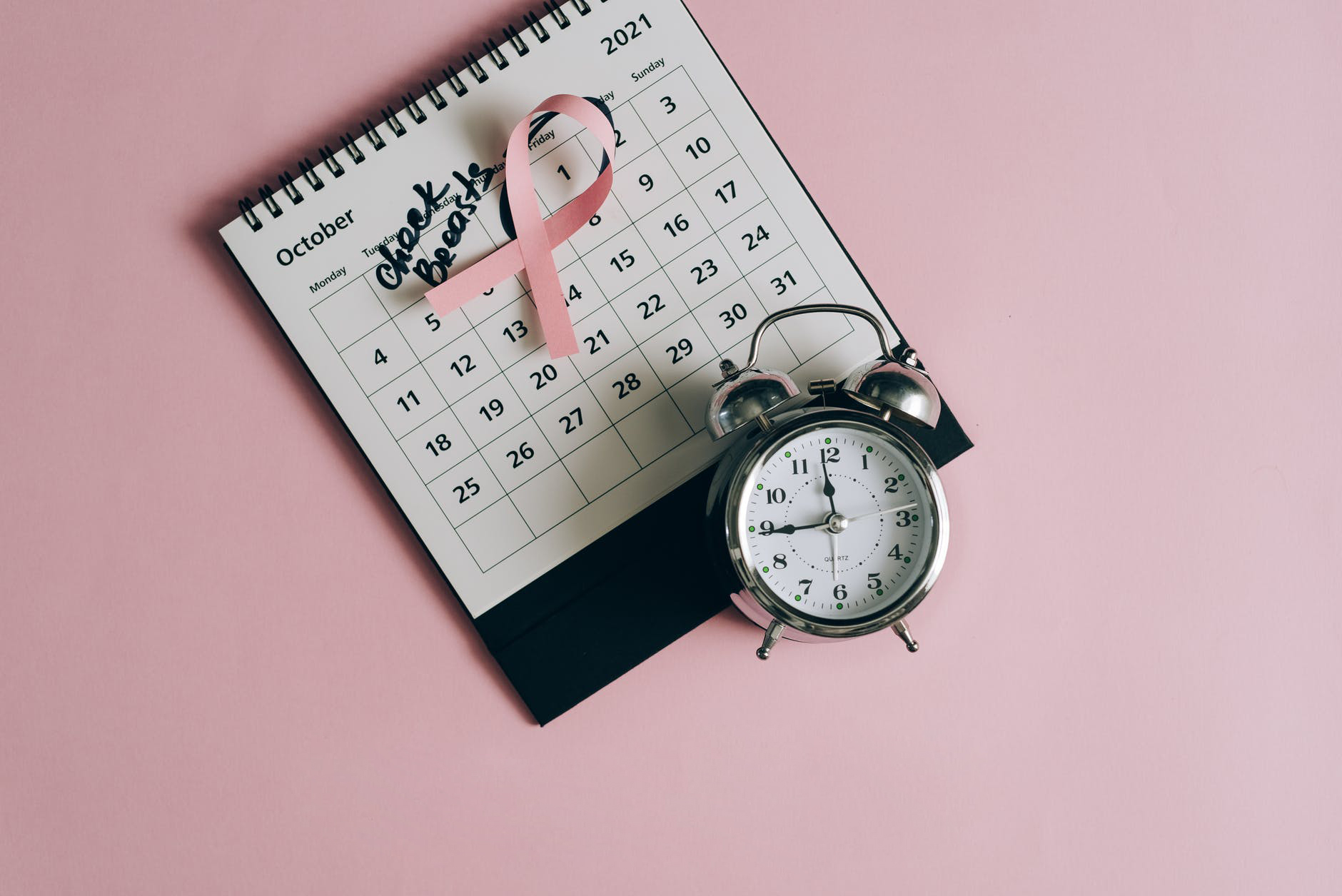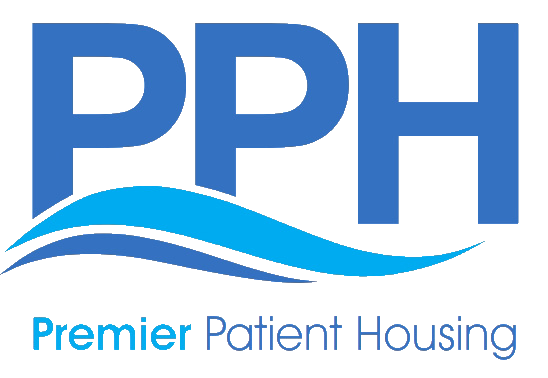
October is Breast Cancer Awareness Month and Premier Patient Housing would like to take this opportunity to bring awareness to the breast cancer community. As one of the most common cancers found in women, it accounted for 685,000 deaths globally in 2020. Look out for your health and the health of your loved ones and read the following answers to some of the most frequently asked questions.
What is Breast Cancer?
According to the American Cancer Society, breast cancer is a type of cancer that starts in the breast. Cancer starts when cells begin to grow out of control. Cancer cells usually form a tumor that can often be seen on an x-ray or felt as a lump. Although breast cancer typically occurs in women, men are also at risk.
What are the Symptoms?
Although each patient is likely to experience different symptoms, there are several universal symptoms to look out for. These include,
- New lump in the breast or underarm (armpit).
- Thickening or swelling of part of the breast.
- Irritation or dimpling of breast skin.
- Redness or flaky skin in the nipple area or the breast.
- Pulling in of the nipple or pain in the nipple area.
- Nipple discharge other than breast milk, including blood.
- Any change in the size or the shape of the breast.
- Pain in any area of the breast.

Am I at Risk?
There are several factors that determine your risk for developing breast cancer. While risk factors can be helped through lifestyle, such as diet and exercise, some risk factors cannot be controlled such as family history and genetics.
Here are a few lifestyle related breast cancer risks to be mindful of,
- Drinking alcohol increases your risk of breast cancer by 20%
- Being overweight or obese after menopause increases breast cancer risk.
- Women who have not had children or who had their first child after age 30 have a slightly higher breast cancer risk overall.
- Some birth control methods use hormones, which might increase your risk.
While you cannot change your family history or genetics, here are a few breast cancer risks to be aware of in men and women,
- As you get older, your risk of breast cancer goes up. Most breast cancers are found in women age 55 and older.
- About 5% to 10% of breast cancer cases are thought to be hereditary
- Those who have a close blood relatives with breast cancer have a higher risk. Overall, about 15% of women with breast cancer have a family member with this disease.
How Do I Treat Breast Cancer?
It’s important to discuss all of your treatment options, including their goals and possible side effects, with your doctors to help make the decision that best fits your needs. There are several ways to treat breast cancer and there are no two treatment plans that are the same. According to the American Cancer Society, there are two main ways to treat cancer including local treatments and systemic treatments.
- Local Treatments– Some treatments are local, meaning they treat the tumor without affecting the rest of the body. Most people effected by breast cancer will have some type of surgery to remove the tumor. Depending on the type of breast cancer and how advanced it is, other types of treatment might be needed, either before or after surgery, or even both.
- Systemic Treatments– Drugs used to treat breast cancer are considered systemic as they can reach cancer cells almost anywhere in the body. These treatments can be given by mouth or put directly into the bloodstream. Depending on the type of breast cancer, different types of drug treatment might be used.

How Can I Prevent Breast Cancer?
Although breast cancer is not completely preventable, there are several ways to detect the disease early including screenings and mammograms. Screening refers to tests and exams used to find a disease in people who don’t have any symptoms. It is recommended that women over the age of 30 receive a screening every year. Screening should continue as long as a woman is in good health and is expected to live at least 10 more years. Women 45-54 should get mammogram every year. Women 55+ can switch to a mammogram every other year, or they can choose to continue yearly mammograms.
Mammograms are low-dose x-rays of the breast. Regular mammograms can help find breast cancer at an early stage, when treatment is most successful. A mammogram can often find breast changes that could be cancer years before physical symptoms develop. Results from many decades of research clearly show that women who have regular mammograms are more likely to have breast cancer found early, are less likely to need aggressive treatment like surgery to remove the breast and chemotherapy, and are more likely to be cured.
This October, we can bring even more awareness to the breast cancer community. Remember to reach out to a medical professional if you or a loved one is experiencing any symptoms of breast cancer. Early detection is always critical to maintaining a healthy lifestyle. If you already find yourself diagnosed with breast cancer, talk to your doctor and learn about support programs and treatment options that can help.
